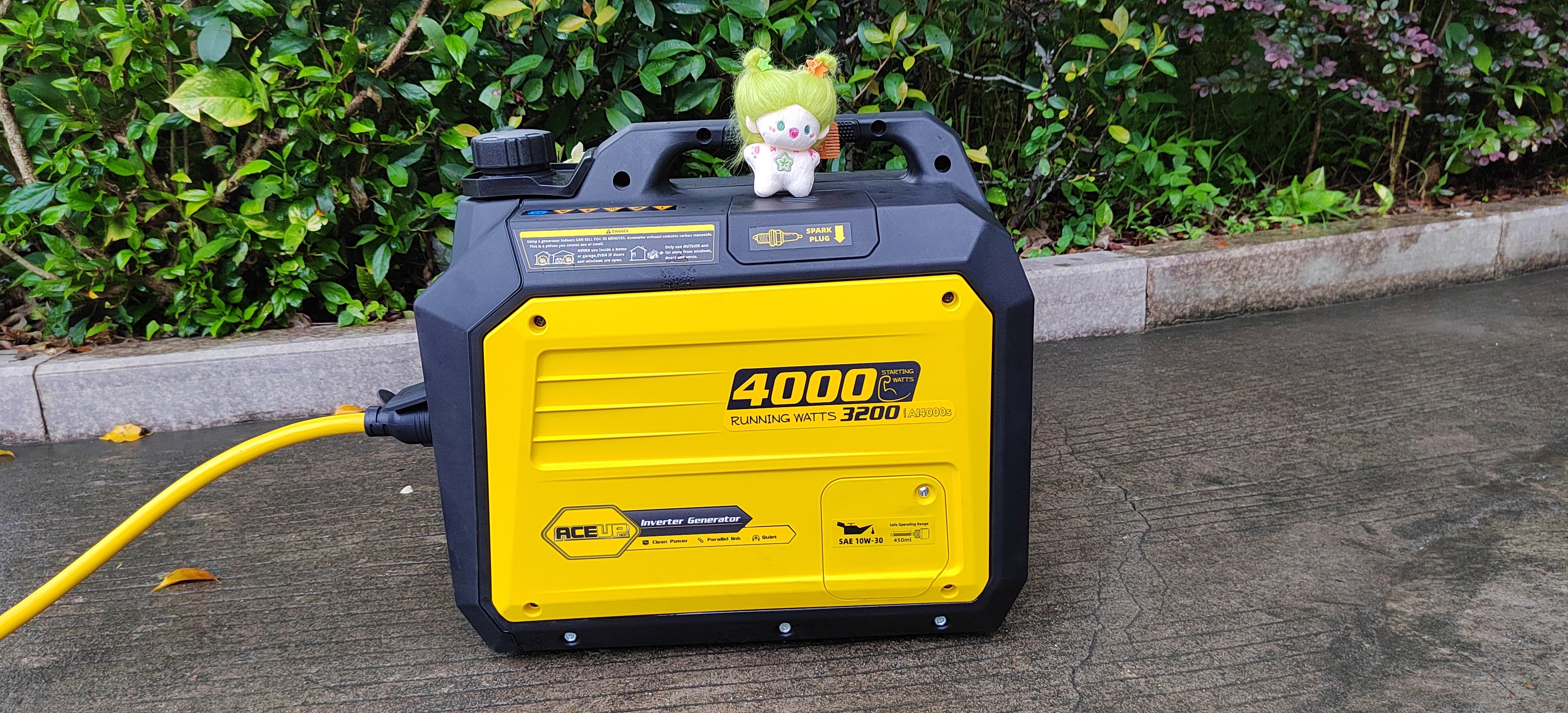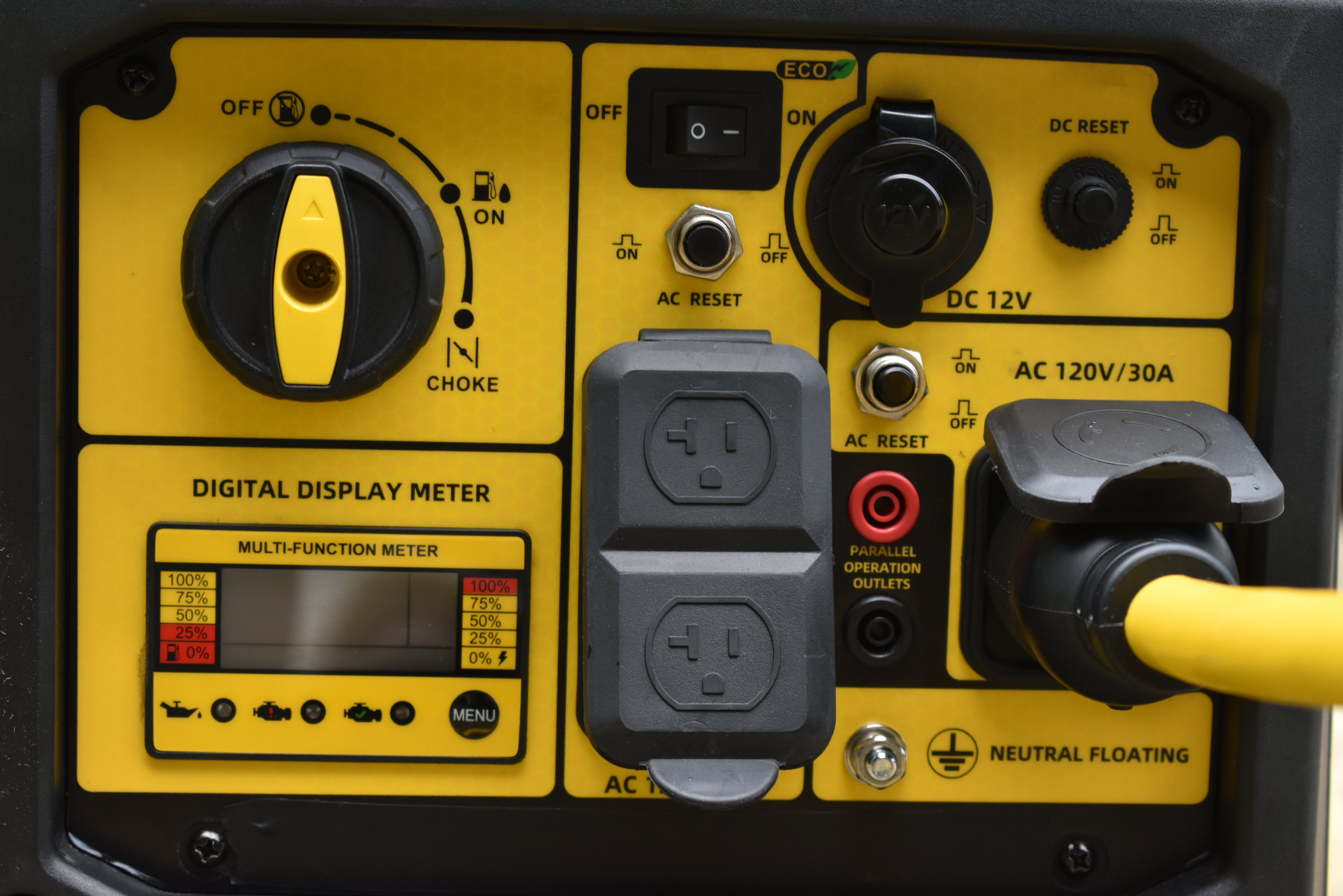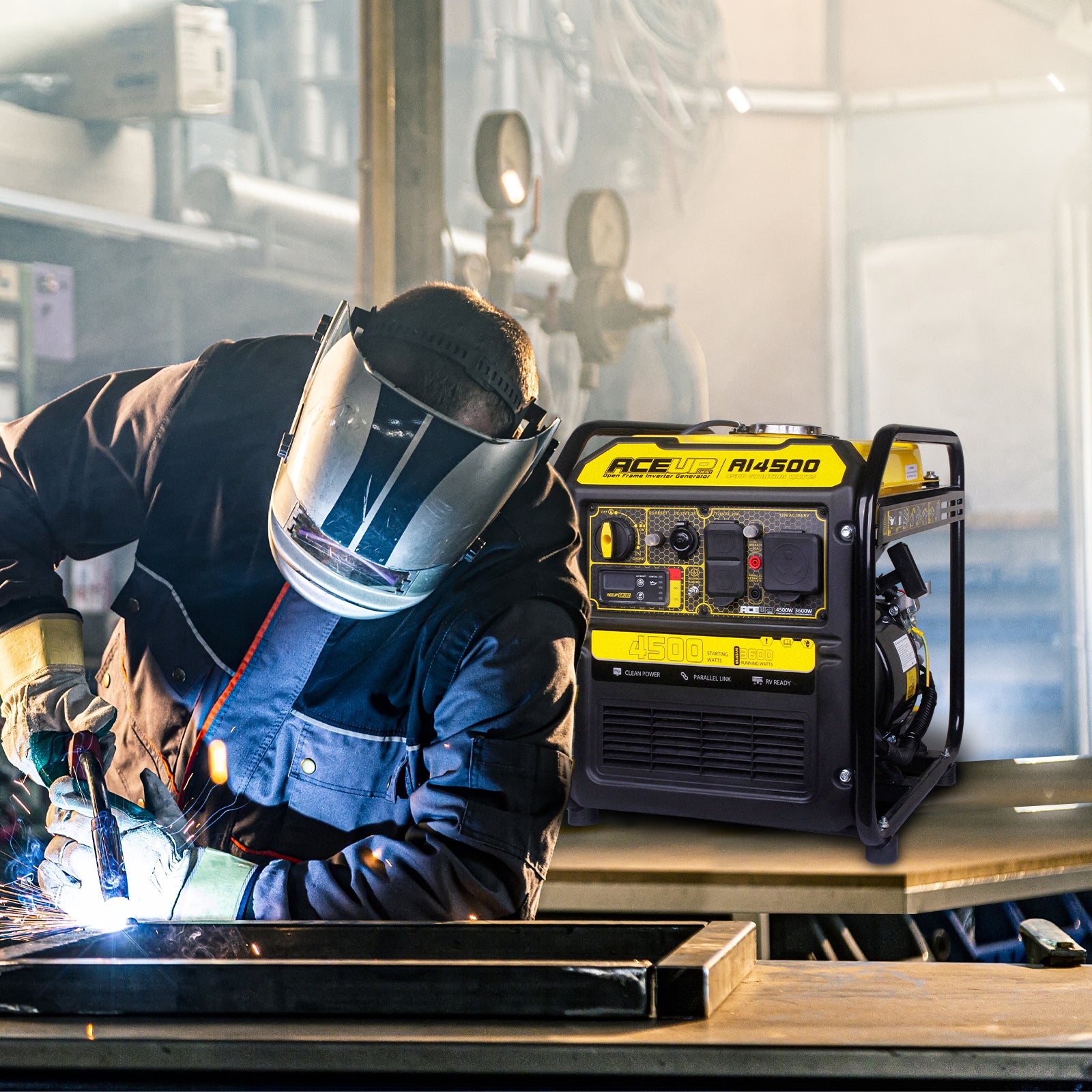
Types of Generators
Standby
Standby generators are permanently installed and connected to a home. These may power selected, critical circuits during a power outage, or may provide power for the whole home. Standby generators have systems that monitor power supplied by a utility and start automatically in the event of an outage.
Portable
Portable generators, sometimes called backup generators, are used to provide temporary power when and where it is needed. Portable is a relative term; some are more portable than others. While the smallest models can be picked up and carried, most have wheels and a handle to make transport easier.
However, at 100 plus pounds, picking them up to load or move may take two people. Appliances, power tools, or other devices can be plugged directly into standard outlets on the generator’s front panel.
Inverter Generators
Though inverter-type generators are typically portable, we put them under their own heading because they are significantly and technically different from the other two in terms of how they work. Like most generators, inverter generators provide 120/240 volts of AC power. They generate AC current just like the others, but it’s then converted to DC (Direct Current), and then inverted back to AC.
The conversion and inversion is controlled by circuitry which acts like a filter, flattens surges, and cleans up the sine wave (or oscillating wave) of the electrical current. Typical generators have varying degrees of distortion in the sine wave of the alternating current. This isn’t usually an issue for most electrical devices—the exception being sensitive electronics like tablets, laptops, televisions, and other smart devices which can be damaged by current distortion or surges.
These devices will last longer with “clean” power and steady voltage. Because of the added complication, inverter generators can be significantly more expensive.








